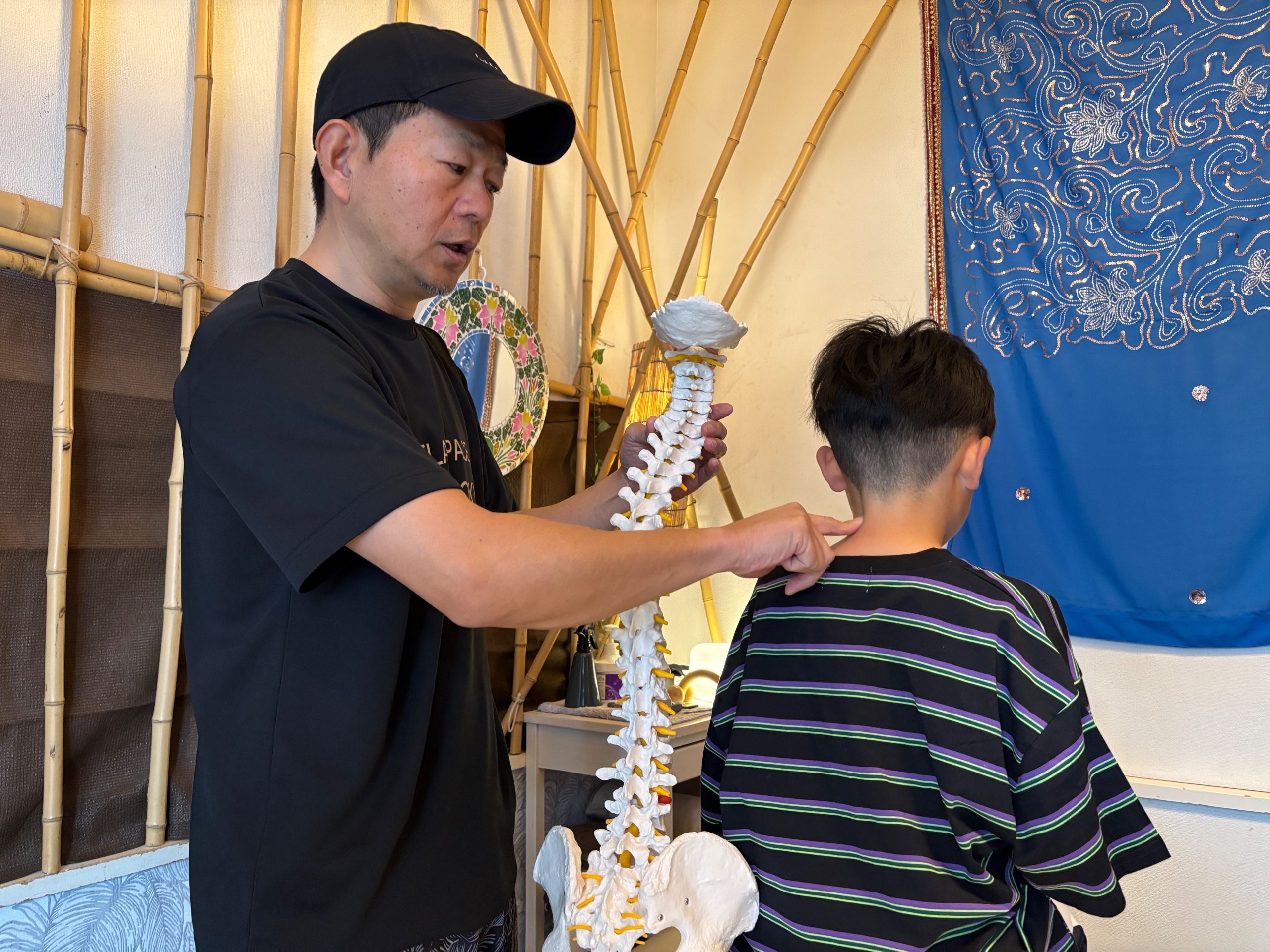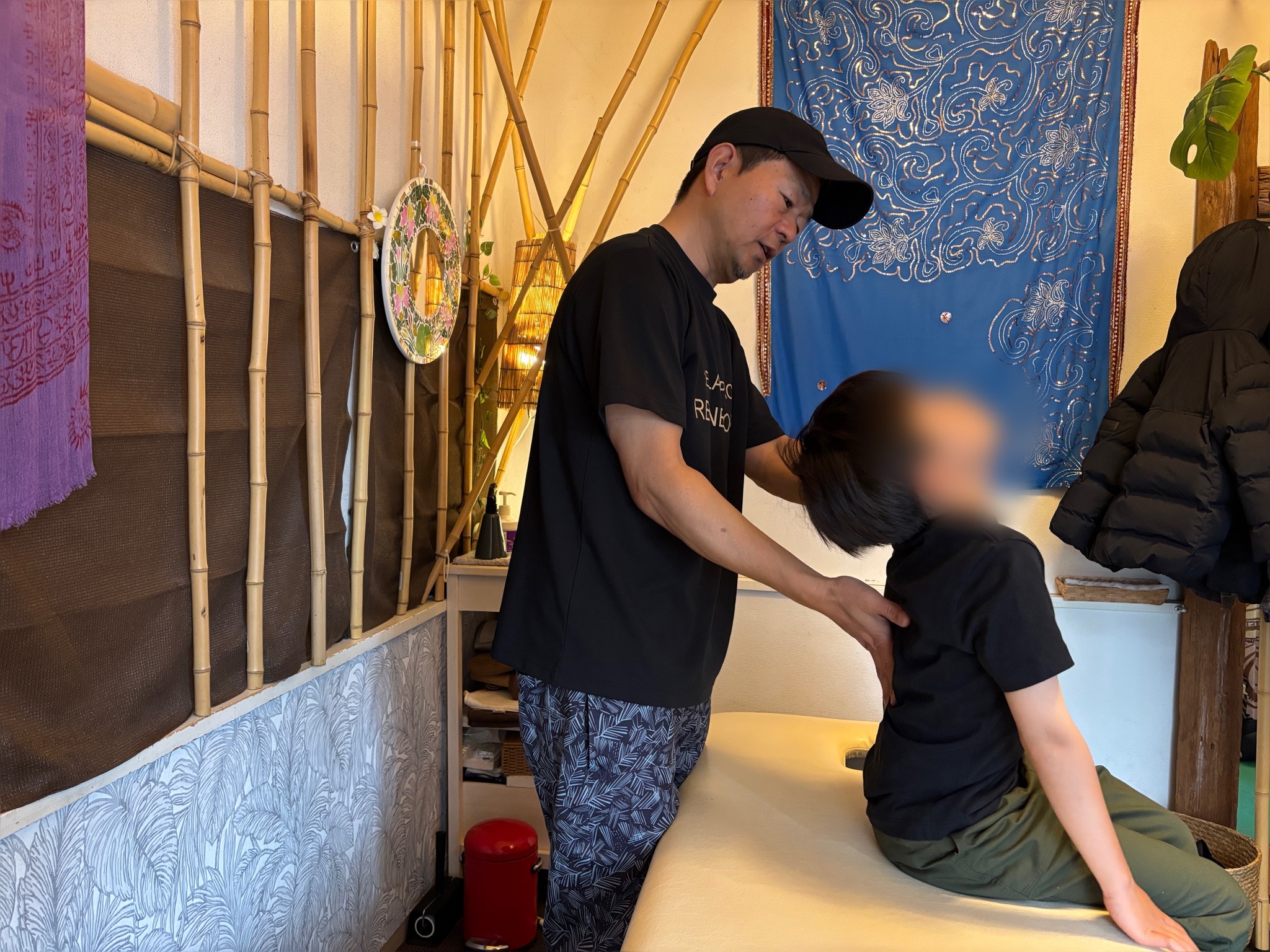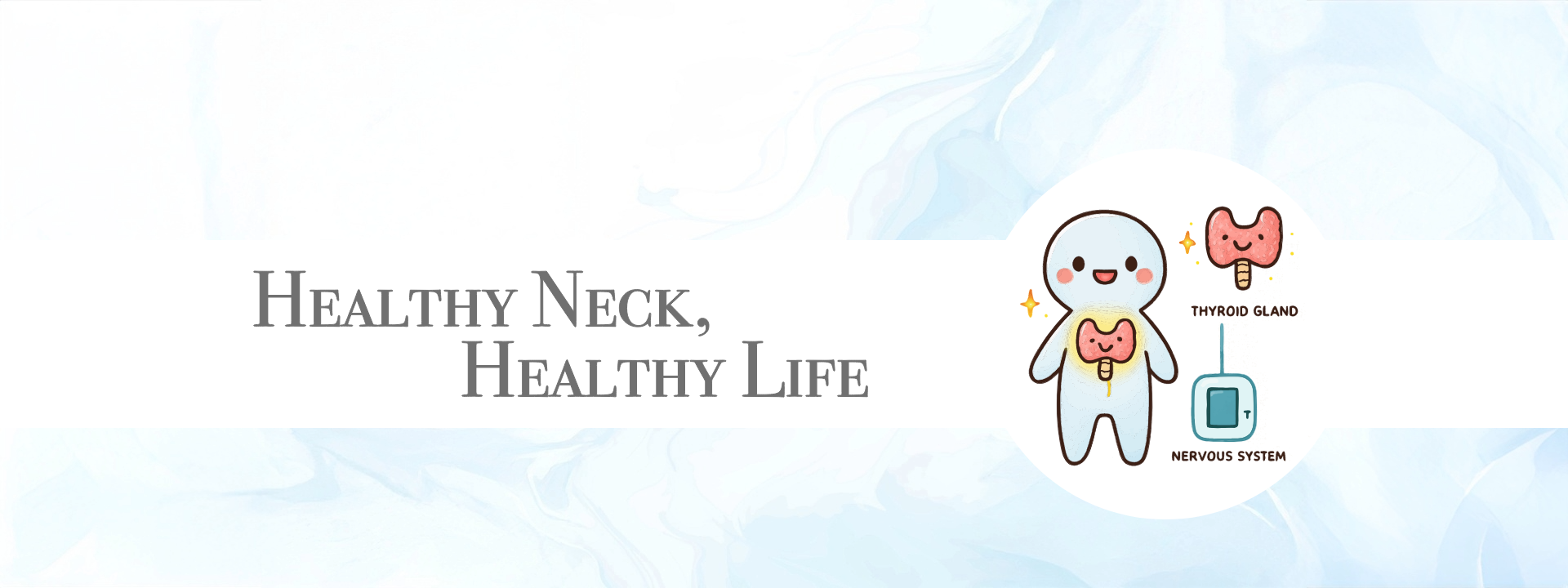✿ Early Screening Event for Autonomic Nervous System Symptoms

Event Overview
- Target Age: 4th Grade to Junior High School Students
- Format: By appointment only, free diagnostic screening
- Date: Thursday, April 3, 2025 | 10:00 AM – 4:00 PM
The screening focused on the following:
- Autonomic Nervous System Imbalance
- Hypothyroidism
- Orthostatic Dysregulation
Early detection can greatly reduce health risks in adulthood. We especially recommend this screening for children whose parents experience related symptoms such as chronic headaches or motion sickness.

In many cases, the body already shows signs of imbalance at a young age. Identifying these signs early and taking preventative steps is crucial.
The Connection Between Mental Health, Thyroid Function, and the Cervical Spine
Conditions such as mental health disorders, autonomic nervous system imbalances, hypothyroidism, and orthostatic intolerance can often be linked to cervical spine misalignments from early childhood.
These misalignments are not visible on X-rays, as they involve decreased range of motion rather than structural abnormalities. As a result, early detection in hospitals can be difficult.
Our specialized cervical spine assessments can detect subtle misalignments that require precise correction—making this a truly unique event only a cervical-focused practice can offer.

Concerns from Parents: Is It Genetic?
Many parents expressed concern that their children might develop the same symptoms they themselves experience. While genetic factors play a role, our experience suggests that cervical misalignment is the more significant risk factor.
Why? Because we have not seen these symptoms develop in children who have no detectable misalignments in the cervical or thoracic spine. Similarities in posture and body shape may predispose certain areas to misalign in similar ways across generations.
Even 7-Year-Olds Show Signs of Misalignment
We had children as young as 7 attend this event, and many already showed considerable cervical misalignment. Areas that are painful to the touch often indicate long-standing imbalances—these are frequently the root cause of future symptoms.
Since these areas are not typically touched in daily life, children and parents alike are often unaware of them.
During the screening, we also taught preventive care methods that families can practice at home in addition to professional treatments.
Our Mission: Reducing Future Health Risks Through Consistent Outreach
This initiative is part of our ongoing commitment to reducing the risk of future health issues through early detection and education.
We are also open to collaborative research or technical support abroad. If government or health institutions in New Zealand, Singapore, or Malaysia are interested in this approach, we are prepared to travel and contribute our expertise internationally.




コメント